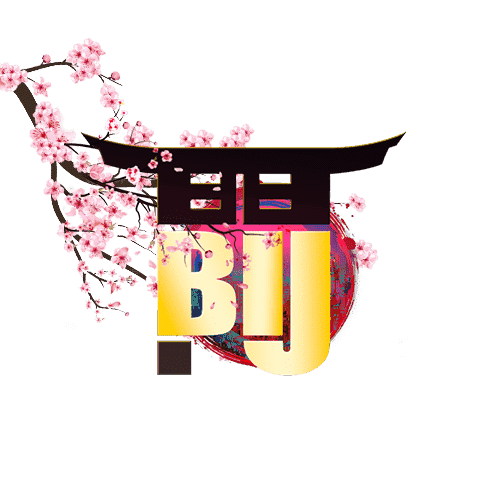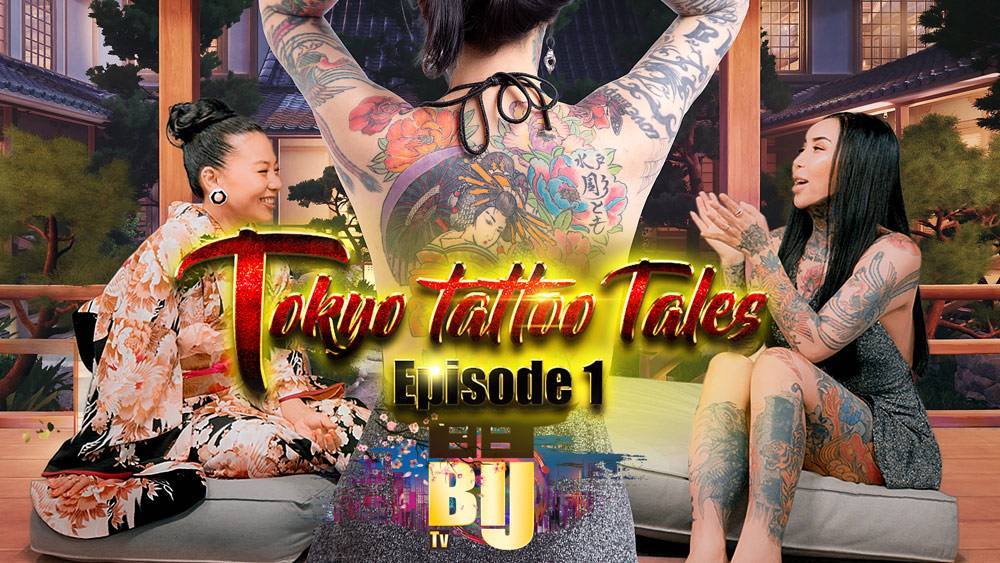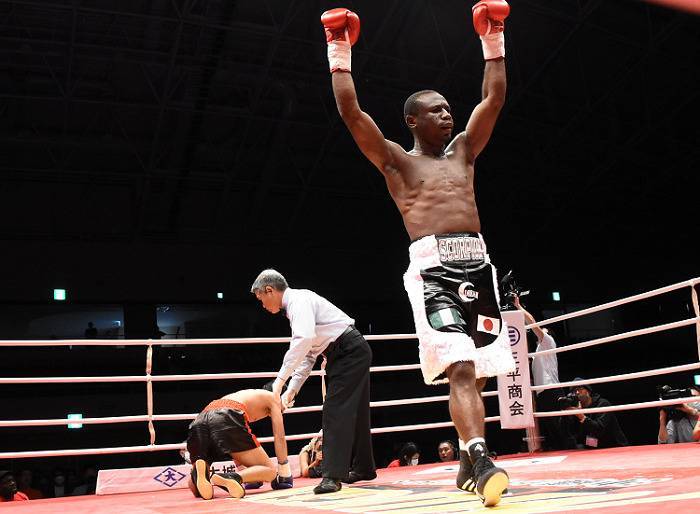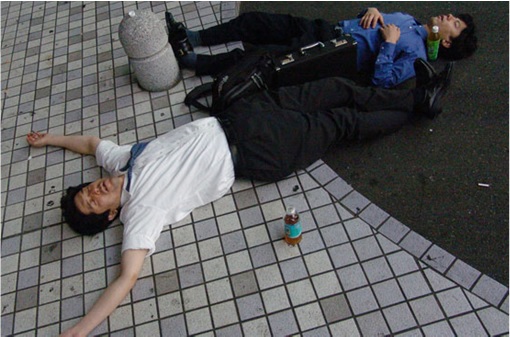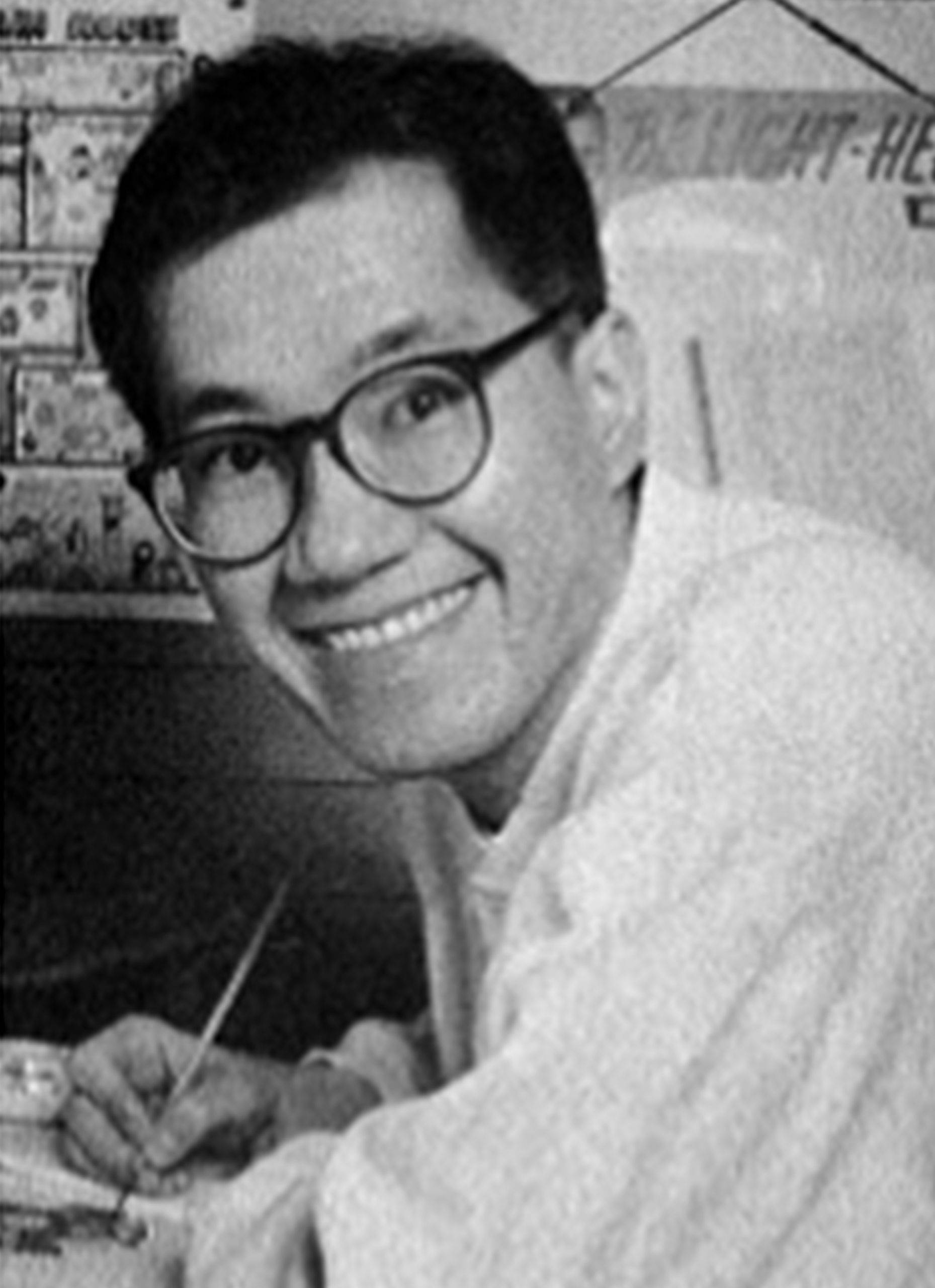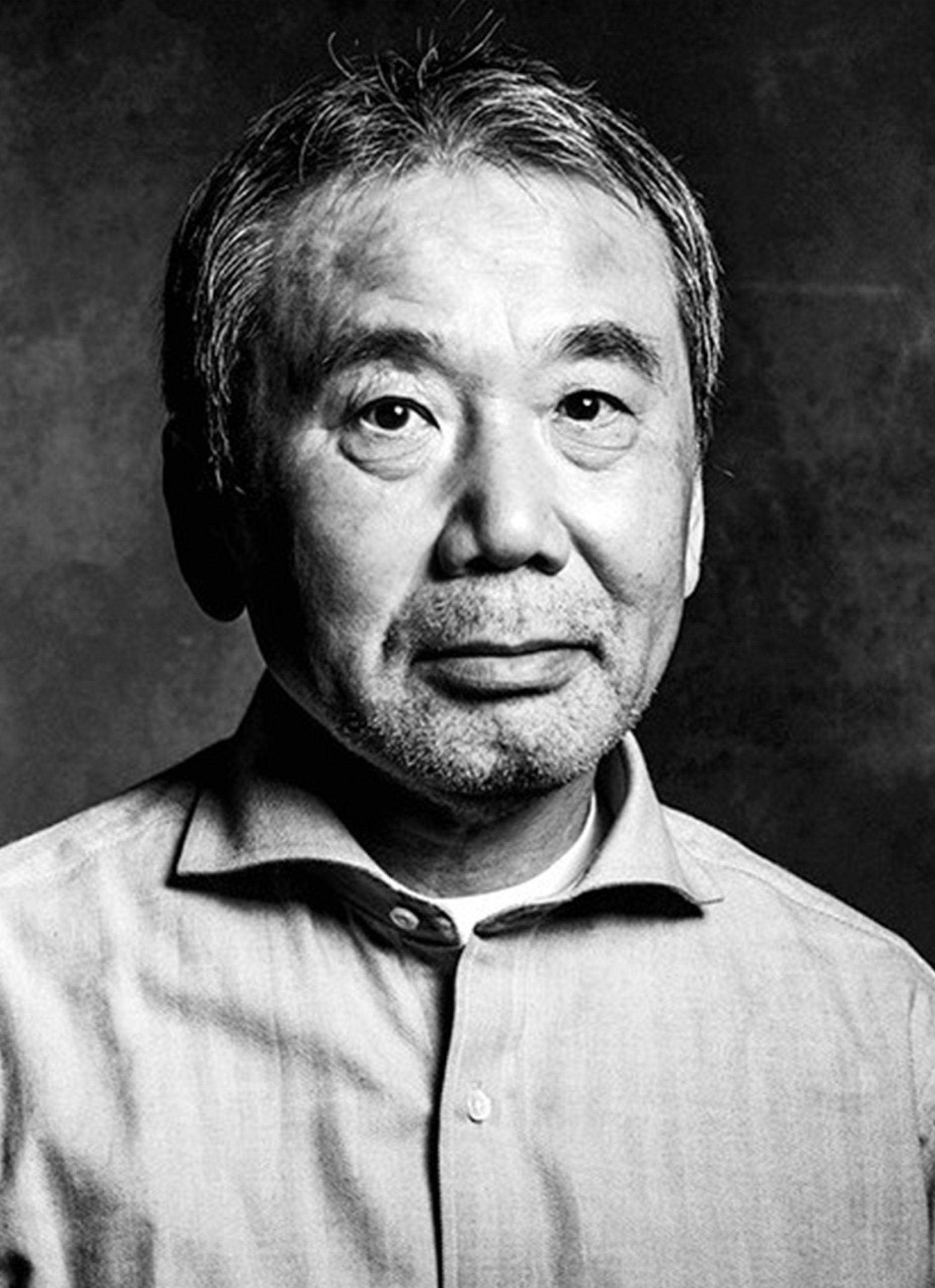Insights from a Tattoo Model Named Reina
Reina is the official MC of Japanese tattoo Conventions
Japanese Tattoo Model’s Perspective by Biginjapanofficial.com
Meet Reina, a tattoo model who has lived in Japan for several years and has a keen interest in Japanese tattoos and their symbolism. In this episode, Reina will share her experiences and knowledge of Japanese tattoo culture with us at BIJ TV (Big In Japan).

At BIJ TV, we are passionate about sharing the intricate and awe-inspiring world of Japanese tattoo art with our audience. Japanese tattoos have a long and fascinating history, dating back to the early Edo period. Originally used to mark criminals as a form of punishment, they have since evolved into a form of self-expression and artistry.
Today, Japanese tattoos are popular not only in Japan but all around the world. In this article, we will delve into the origins and evolution of Japanese tattoos, their unique artistic style, and the cultural significance they hold.
Origins and Evolution of Japanese Tattoos
Japanese tattoos, also known as Irezumi, have been around for centuries. The earliest evidence dates back to the Yayoi period in the 3rd century BC. However, it was during the Edo period (1603-1868) that Japanese tattoos truly flourished. Skilled artists used intricate designs and vibrant colors to create stunning works of art on their clients’ bodies.
Unfortunately, tattoos became associated with the criminal underworld during this time, with yakuza gangsters using elaborate designs as a sign of loyalty and commitment. In 1872, tattoos were banned in Japan, and for many years, they remained a taboo form of body art.
However, in the 20th century, Japanese tattoos experienced a resurgence in popularity. Artists such as Horiyoshi III and Shige continued to push the boundaries of the art form. Today, Japanese tattoos are recognized worldwide for their unique style and exquisite detail.
Unique Artistic Style of Japanese Tattoos
One of the defining characteristics of Japanese tattoos is their intricate and highly detailed designs. Traditional Japanese tattoos typically feature large, bold images of mythical creatures such as dragons, tigers, and koi fish, as well as floral motifs such as cherry blossoms and lotus flowers inked in japan.
Japanese tattoo artists use a specific shading technique called sumi, which involves using a needle to insert ink into the skin at different depths. This creates a graduated shading effect that gives Japanese tattoos their signature depth and dimensionality.
In addition, Japanese tattoos often incorporate elements of calligraphy and kanji characters, adding even more depth and meaning to the design. Many Japanese tattoos also feature backgrounds of clouds, waves, or flames, which enhance the design and give the tattoo a sense of movement and energy.
Cultural Significance of Japanese Tattoos
Japanese tattoos hold a deep cultural significance in addition to their artistic beauty. In traditional Japanese society, tattoos were associated with the samurai and other warrior classes, who used them as a symbol of their status and power.
Today, Japanese tattoos are still viewed as a symbol of strength, resilience, and perseverance. They are often worn by people who have overcome significant challenges or who are looking to make a bold statement about their individuality and personal style.
Conclusion
In conclusion, Get Inked In Japan, Japanese tattoos are a powerful and unique form of body art that captivates people all over the world. From their origins as a form of punishment to their current status as a highly respected art form, Japanese tattoos are a testament to human creativity and self-expression.
We hope that this article “Inked In Japan” has given you a deeper appreciation for the beauty and cultural significance of Japanese tattoos. If you’re interested in learning more about this fascinating art form, be sure to follow BIJ Biginjapan podcast for more updates and information or register here for free to be the first to receive news.




















